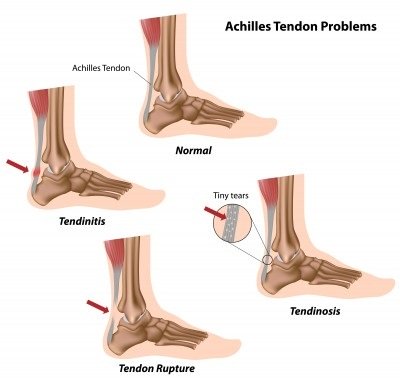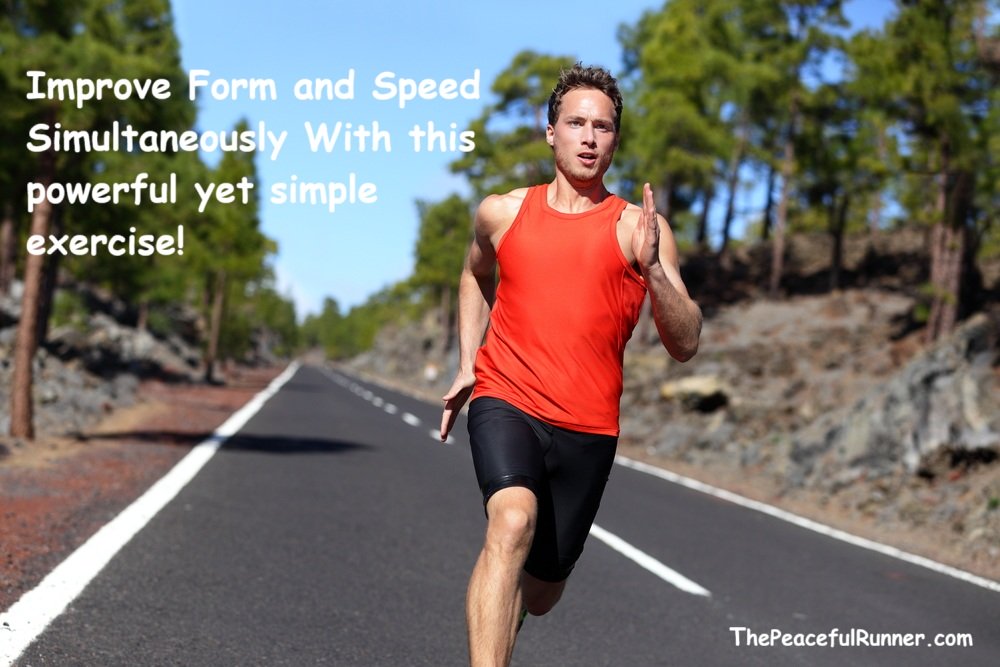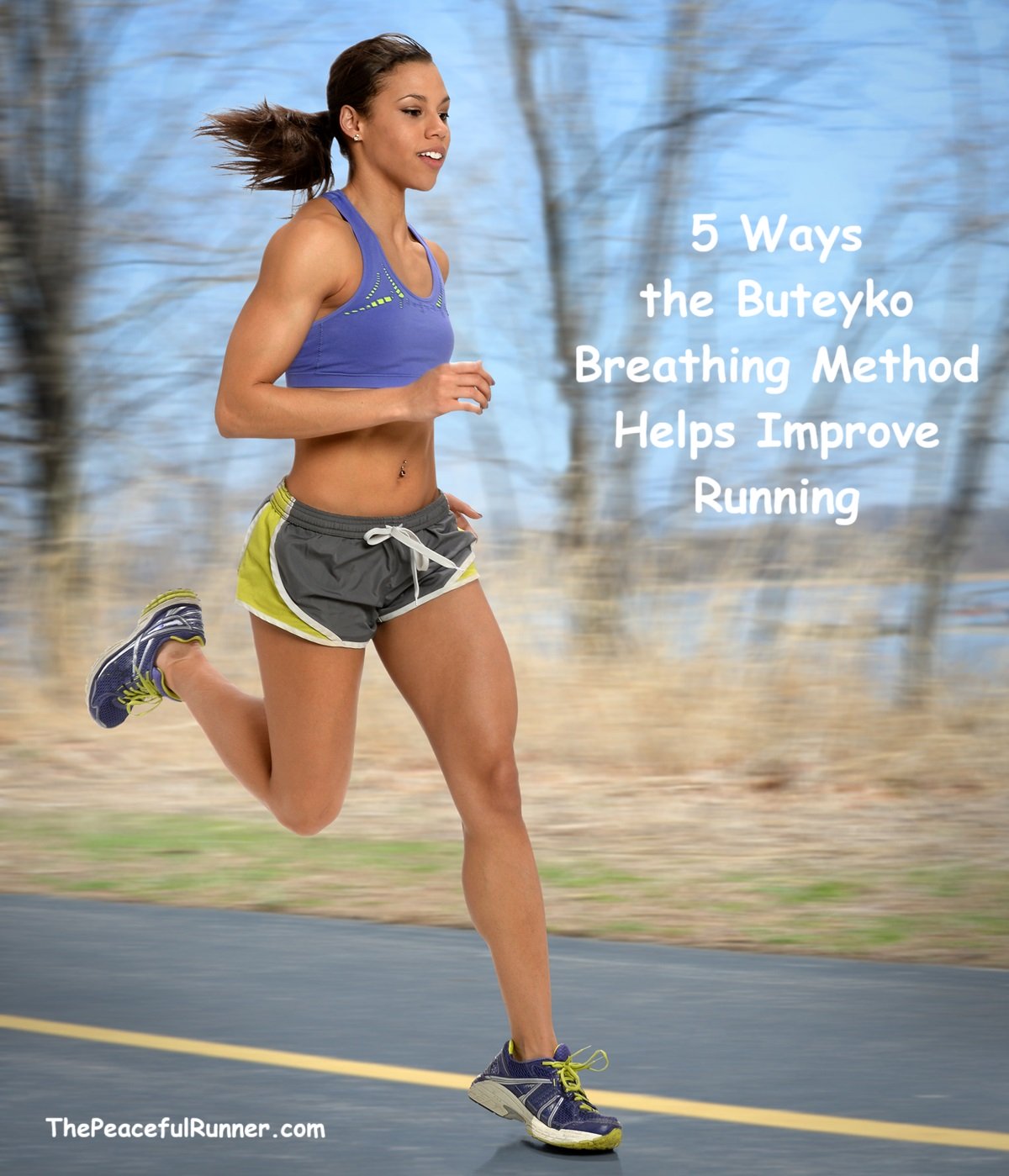- Home
- Breathe While Running
The Way You Breathe While Running Could be Causing Injuries!
How do you breathe while running? Take time to notice whether you use the mouth or nose for inhaling and exhaling. The way we breathe is often very much overlooked as a contributor to running injuries. However, the way we breathe while running not only affects our ability to run, but also our general health and longevity.
If we are not breathing efficiently and performing a quality oxygen exchange, our bodies are not getting enough oxygen to support the muscles, forcing them to work harder and fatigue faster. We are using too much energy and effort to breathe.
This inefficiency creates a tremendous amount of stress and tension in our body, often resulting in injuries and illnesses. So how can we ensure we properly breathe while running?
Nasal breathing (using the nose only to inhale and exhale) has been shown to be the most efficient method of breathing, and it absolutely can be practiced while running. Using the nose to breathe relaxes the body and stimulates the parasympathetic nervous system, keeping us calm and our whole body relaxed. It slows down our breath and stimulates healthy, deep diaphragmatic breathing.
If we breathe using our mouth, the sympathetic nervous system is stimulated; and cortisol, the stress hormone, is released. Doing this constantly puts our bodies in a stressful state and can be dangerous to our health. It increases our heart rate, raises blood pressure, tightens and tenses our muscles. It makes running feel hard, very tiring and greatly increases the risk of injury.
Have you ever watched other runners finish a race? Most of them are gasping for air and are obviously under great duress as they cross the finish line. They are breathing heavily into the upper body and gasping for air as they try to increase oxygen quickly. This rapid, heavy breathing increases our heart rate and can cause hyperventilation. Running hard and fast doesn't have to have this affect on our body.
How Do You Breathe While Running?
Breathing in and out through our nose will slow down our breathing, our heart rate, and directs the breath deep down into our belly with the help of the diaphragm. This large muscle can easily perform the work required to breathe.
Shallow breathing in the chest uses the secondary breathing muscles in the neck and back and requires much more effort. It can put strain on these muscles often resulting in neck and back pain. Shallow breathing also activates upper-chest stress receptors, which trigger the burning of sugar and storing of fat.
"Your breathing should flow gracefully, like a river, like a watersnake crossing the water, and not like a chain of rugged mountains or the gallop of a horse.
To master our breath is to be in control of our bodies and minds. Each time we find ourselves dispersed and find it difficult to gain control of ourselves by different means, the method of watching the breath should always be used."
-- Thích Nhất Hạnh
When you first try to nose breathe while running, it will probably feel impossible. It does feel difficult at first, but it is possible. It takes time to develop our respiratory fitness. Initially, you will need to run slower to practice this skill.
Practice on flat surfaces first; and when you have mastered those, try nose breathing while running up hills. It may take a few weeks to conquer, but it will be well worth it in the long run for our body's health and running efficiency. Running will feel easier; and because you are not using as much energy to breathe, your won't feel so tired after running.
Nose breathing while running can feel scary at first. It feels like we are not getting enough oxygen, but do your best not to give in to the fear! Allow it to arise and continue to breathe through your nose. It will get easier and you will succeed with time and patience.
Allow Your Respiratory Capacity to Improve
Practice on slow runs or recovery runs. Breathe slower and less often. Concentrate more on the exhale. Do a 1 to 2 breath ratio. If you breathe in for 3 seconds, breathe out for 6 seconds. Practice this throughout the day and it will become easier while running. You will experience less stressful running and a meditative calm as you learn to slow down your breathing and increase your respiratory capacity using nose breathing.
Humans are designed to be nose breathers, and we are not accessing the many benefits that it provides if we use our mouth to breathe. We learned to breathe through our mouth only as a response to stress. It is a survival response trigger that was designed to be used only in emergency situations, i.e. when fleeing from danger or extreme stress. It was not designed to be used on a regular basis.
Benefits of Nasal Breathing
When we use our nose for breathing, we utilize the mucous membrane of the nasal passageway to properly prepare the air for entry into our body. It works with the hair-like cilia to clean, filter, moisten and bring the air to the right temperature for efficient oxygen exchange.
Nose breathing helps prevent infection, keeps the heart rate down, relaxes the body, encourages diaphragmatic breathing and utilizes the oxygen and blood-rich lower lobes of the lungs. During inhalation, the diaphragm contracts and pulls the air into the lower lobes of the lungs. During exhalation, the diaphragm relaxes and the carbon dioxide (CO₂) is released from the lower lobes.
Diaphragmatic breathing allows for an efficient oxygen exchange which doesn't happen if we use our mouth and shallow breathe into our upper chest. Shallow chest breathing uses only the upper and middle portions of the lungs and not the oxygen and blood-rich lower lobes. We can get large amounts of air into the upper portions of our lungs this way, but a quality oxygen exchange requires an ample blood supply, which can only be achieved through diaphragmatic breathing.
Mouth breathing requires more energy and effort. Thus, it places more stress on the heart and body. It can cause hyperventilation due to an excess amount of oxygen in the blood. We need to access and release the CO₂ from our lower lobes to breathe and run efficiently, stress-free and injury-free!
If you haven't been paying attention to how you breathe while running, please do. Properly breathing through your nose will take time to learn and adjust to, but the health and running benefits will be well worth it: feeling relaxed while running, preventing infections, protecting your heart, and running with less effort.
How do you breathe while running? Have you tried nasal breathing while running? We would love to hear from you. Please share your thoughts below.
Back to top of How You Breathe While Running
- Home
- Breathe While Running
FTC Disclosure: As an Amazon Associate, I earn from qualifying purchases. Learn more
NEW FEATURE - DISQUS COMMENTS!
Login using Facebook, Twitter, Google or Disqus.
Recent Articles
-
Give Yourself a Self-Myofascial Release at Home with a Foam Roller!
Jun 28, 25 07:19 AM
-
The Overlooked Key to Better Performance and Fewer Injuries
Jun 13, 25 01:13 PM
-
5 Ways to Speed Injury Recovery!
May 02, 25 01:30 PM
-
Want to Run Stronger and Feel Better Doing It?
Apr 19, 25 10:14 AM
-
Do You or Someone you Know Suffer from Achilles Tendonitis?
Mar 28, 25 03:14 PM
-
Every runner needs to master this essential drill!
Mar 17, 25 01:55 PM
-
Are you ready for waterproof running shoes?
Feb 26, 25 12:30 PM
-
The Buteyko Breathing Method Can Improve Our Running Performance and Our Health!
Feb 14, 25 11:54 AM
-
Make 2025 the Year you Break Free from Injuries for Good!
Jan 07, 25 08:20 AM
-
Even runners are not immune to the dangers of sitting too long during the day!
Jan 03, 25 11:46 AM























